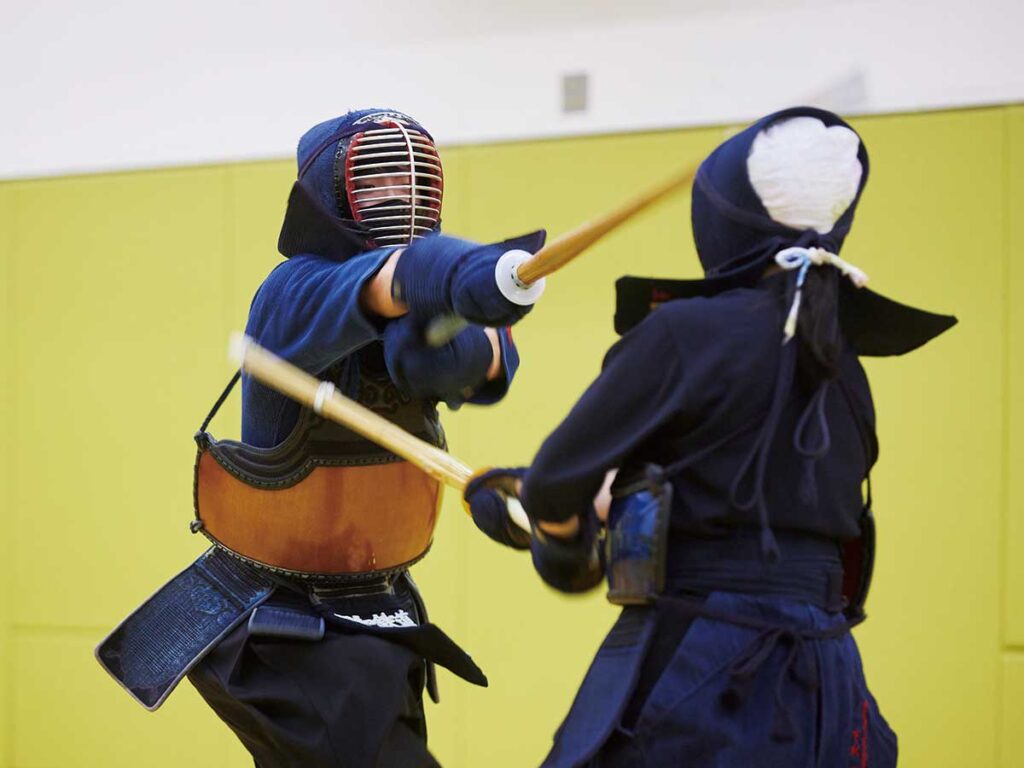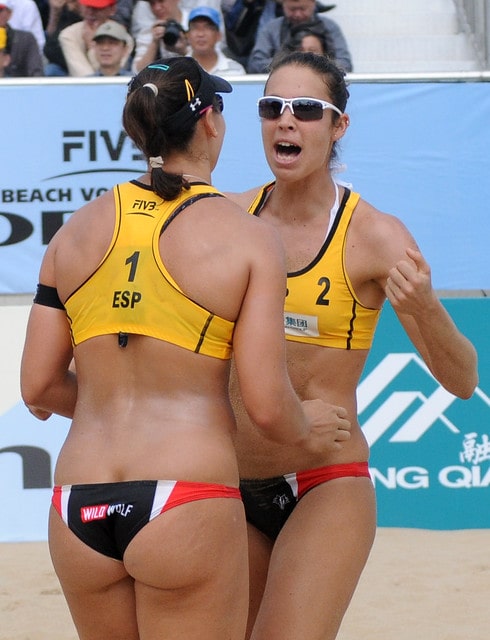
Volleyball is a sport invented by William G. Morgan in the United States in 1895.
From then until now, volleyball has become widely popular around the world, and many changes have been made to its rules.
In this article, we will explore the old rules of volleyball and their evolution.
Please come and experience the history of volleyball.

目次
Old rules of volleyball
early volleyball
In the early days of volleyball, the game was called “Minnet.”
The early rules were very different from the current ones, with no specific point system or number of sets set.
The most basic objective was to send the ball into the opponent’s court and drop it to the ground.
Volleyball during this period was also flexible in terms of number of players and court size.
Introduction of set and point system
The rules of volleyball gradually took shape towards the beginning of the 20th century.
In 1916, a points system was introduced, and a “side-out system” was established, in which the serving team had to score in order to earn points.
In addition, games were played on a 9-point system, with the first team to reach 9 points winning a set, and matches were typically won by the first to win two sets.
Evolution of serve and play
In the early days of volleyball, the serve was very simple, but over time it became more technical and strategic.
Also, techniques such as receiving, setting, and attacking evolved, making the game faster and more competitive.
In the 1920s, blocking and defense techniques were introduced, adding further strategic depth to the game.
Introduction of rally point system
For many years, volleyball used a side-out system, but in 1999 the International Volleyball Federation (FIVB) introduced a rally point system.
This allowed both teams to score points, making the game faster-paced and a more spectator-friendly sport.
This change shortened the length of volleyball matches, making them more unpredictable and exciting.
What kind of volleyball was Mintnet?
“Mintonette” is an early name for volleyball, invented by William G. Morgan at the YMCA in Holyoke, Massachusetts, in 1895.
Morgan’s goal in creating volleyball was to provide a low-impact sport that people of all ages and physical abilities could enjoy together.
For this reason, volleyball (mint net) was designed as a game that avoids the intensity of basketball, but incorporates playing over a net like tennis or badminton.
Early mintonets had some different features compared to today’s volleyball.
-
Simplicity of rules: The first rules were very simple and had few detailed provisions. The format of the game, the way points are counted, and the placement of players are aspects that were later developed.
-
Flexibility of Play: In the early days of MintNet play, there were no strict regulations regarding the number of players or court size. This allowed us to adjust the game according to the participants’ situation and the available space.
-
Equipment: Early volleyball games used badminton nets, and the height of the nets may have been lower than they are today. The ball used was also lighter and a different size than modern volleyballs.
-
Lack of a scoring system: When Mintnet first started, there was no clear scoring system like there is today, and the focus was more on the flow of play and how participants enjoyed it.
As the name changed from mintonette to volleyball, the game became more organized and the rules became more sophisticated.
William G. Morgan himself decided that as the game developed, the name “Volley Ball” was more appropriate, and the name eventually stuck.
As volleyball developed, it became more competitive and established itself as an international sport.

summary
The rules of volleyball have continued to evolve significantly from its origins to the present day.
From its early, simple rules to more complex and strategic games, the sport has always captivated players and spectators alike.
By looking back at the history of volleyball, you can understand the evolution of the sport and how it came to be loved all over the world.
Current rules may change in the future, and volleyball will continue to evolve.





